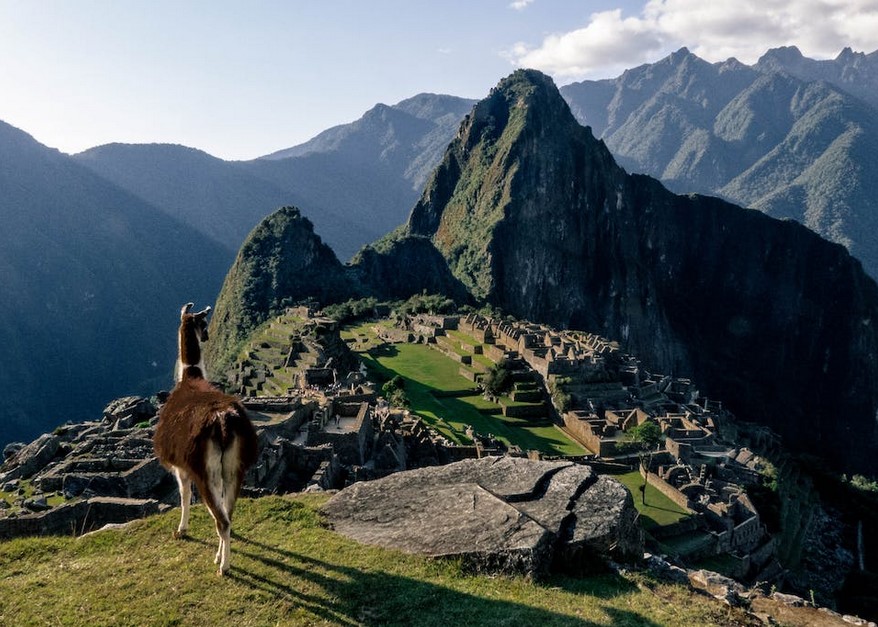Machu Picchu, located in the Andes Mountains of Peru, is an enigmatic and iconic site that holds a significant place in history and culture. Tracing its Incan legacy is a fascinating journey that sheds light on the achievements and mysteries of the Inca civilization.
1. Historical Background:
Machu Picchu was built in the 15th century during the height of the Inca Empire, which was the largest empire in pre-Columbian America. The Inca civilization flourished in the Andean region from the early 15th century until the Spanish conquest in the 16th century. They were known for their advanced engineering, agricultural expertise, and sophisticated stonework.
2. Purpose and Construction:
The exact purpose of Machu Picchu remains a subject of debate among historians and archaeologists. Some theories suggest that it served as an estate for the Inca emperor Pachacuti, while others propose it had religious or astronomical significance. Its location on a mountain ridge at 2,430 meters (7,970 feet) above sea level makes it an impressive feat of engineering, with most of the structures made from precisely cut stones without the use of mortar.
3. Architectural Marvel:
Machu Picchu’s architectural layout reflects the Inca’s deep understanding of astronomy and their strong spiritual beliefs. The site includes several important structures, such as the Temple of the Sun, Intihuatana (a ritual stone associated with astronomy), the Room of the Three Windows, and the agricultural terraces, which showcase their mastery of agricultural techniques in a challenging environment.
4. Abandonment and Rediscovery:
Machu Picchu was abandoned by the Incas, likely due to the Spanish conquest and the subsequent spread of diseases. It remained largely forgotten until its rediscovery in 1911 by the American historian and explorer Hiram Bingham. The site’s remote location and well-preserved structures captured the world’s imagination and turned it into a major archaeological and tourist attraction.
5. Cultural Significance:
Machu Picchu is a UNESCO World Heritage Site and considered one of the New Seven Wonders of the World. It is an essential symbol of Peruvian and Andean cultural heritage. The site’s sacredness to the indigenous people of Peru is still evident today, and it attracts visitors from around the world who come to appreciate its historical significance and stunning beauty.
6. Preservation Efforts:
Due to its popularity, Machu Picchu faces challenges related to conservation and sustainability. The Peruvian government, along with international organizations, has taken measures to protect the site from the impact of tourism and environmental factors.
In conclusion, Machu Picchu remains an enigmatic testament to the ingenuity and spirituality of the Inca civilization. Its mystique and allure continue to captivate people, offering a glimpse into the extraordinary achievements of a once-great empire and the fascinating mysteries that still surround this ancient citadel.



